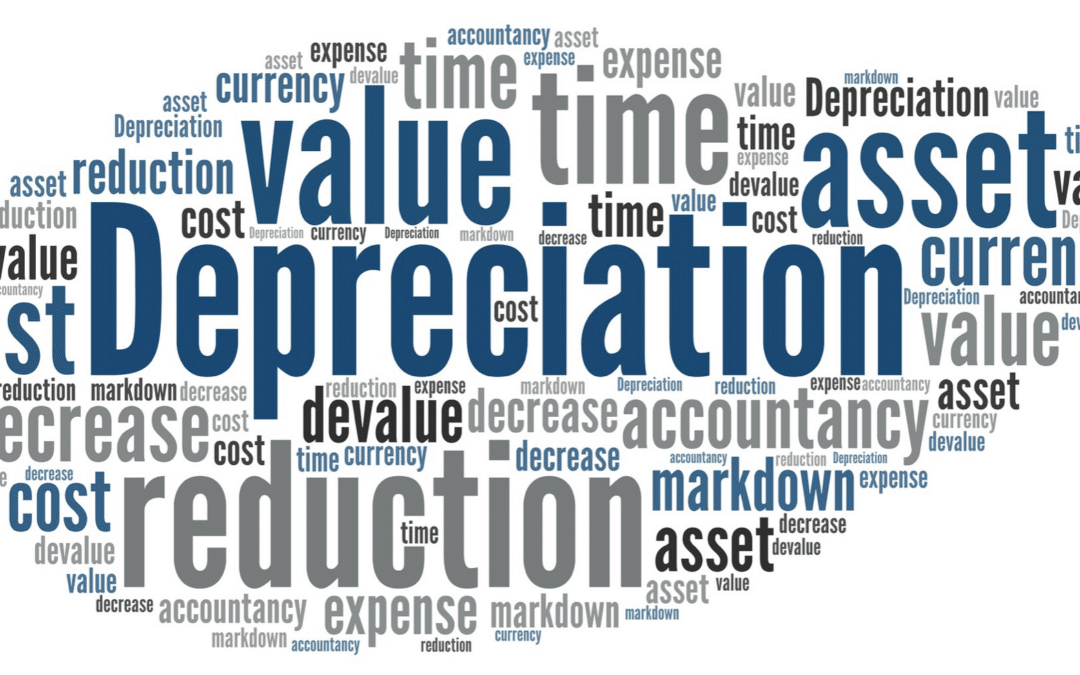“Depreciation“ by EpicTop10.com is licensed under CC BY 2.0 DEED.
Depreciation, a term often encountered in financial discourse, serves as the silent undertow shaping the economic landscape of businesses. In the intricate tapestry of accounting, depreciation is a fundamental concept, reflecting the gradual reduction in the value of tangible assets over time. This blog aims to unravel the complexities surrounding depreciation, delving into its types and elucidating the methods employed to calculate this vital metric.
Understanding Depreciation
Depreciation is an accounting method that allocates the cost of tangible assets over their useful life. Tangible assets, such as machinery, buildings, and vehicles, experience wear and tear or obsolescence as they are utilized in the course of business operations. Depreciation allows businesses to account for this diminution in value over time, ensuring that financial statements accurately represent the economic reality of their assets.
Types of Depreciation
- Straight-Line Depreciation: The straight-line method is the most straightforward and commonly employed form of depreciation. It evenly distributes the cost of an asset over its useful life. The formula for straight-line depreciation is:
Depreciation Expense = {Cost of Asset} – {Salvage Value} / {Useful Life}
This method provides a consistent, predictable depreciation expense each accounting period.
- Declining Balance Depreciation: Employing a more aggressive approach, the declining balance method front-loads depreciation. This means that a higher depreciation expense is recognized in the early years of an asset’s life. The formula for declining balance depreciation is:
Depreciation Expense = {Book Value at Beginning of Year} x {Depreciation Rate}
The depreciation rate is typically double the straight-line rate.
- Units of Production Depreciation: Suited for assets whose usage correlates with production output, this method bases depreciation on the actual usage of the asset. The formula is:
Depreciation Expense = {{Cost of Asset} – {Salvage Value} / {Total Units of Production}} x {Units Produced in a Period}
This method aligns depreciation with the actual wear and tear an asset undergoes.
Calculating Depreciation
The method of calculating depreciation depends on the chosen depreciation method. However, the fundamental principle remains consistent: to determine the amount to be expensed each period, businesses need to consider the cost of the asset, its expected salvage value, and its useful life.
Let’s take a hypothetical example using the straight-line method. Consider a machine with a cost of $50,000, a salvage value of $5,000, and a useful life of 10 years. The annual depreciation would be:
{Depreciation Expense} = {$50,000 – $5,000} / {10} = $4,500
This implies that, under the straight-line method, the business would recognize a depreciation expense of $4,500 each year for the next 10 years.
The Importance of Depreciation
- Tax Efficiency: The application of depreciation impacts taxable income, influencing the timing and amount of tax deductions a business can claim. A judicious approach to depreciation can optimize tax liability and enhance overall tax efficiency.
- Budgeting and Planning: Depreciation figures prominently in budgeting processes, helping businesses forecast future expenses accurately. This aids in the development of realistic budgets and long-term financial plans, contributing to fiscal stability.
- Asset Replacement Planning: Understanding the depreciation of assets is crucial for planning their replacement. Businesses can strategically plan for the replacement of depreciating assets, ensuring continuity in operations and avoiding sudden financial strains.
- Investor and Creditor Confidence: Accurate accounting for depreciation enhances the credibility of financial statements, fostering confidence among investors and creditors. It demonstrates a commitment to transparent financial practices, which is pivotal for attracting investment and maintaining healthy financial relationships.
- Cost Control: Depreciation facilitates a nuanced comprehension of the costs associated with asset ownership. This knowledge empowers businesses to exercise better control over expenditures, identifying opportunities for cost-saving initiatives and operational efficiency improvements.
- Fair Valuation of Assets: Proper depreciation methodologies contribute to a fair and consistent valuation of assets on the balance sheet. This ensures that the financial statements provide a reliable snapshot of the company’s net worth, contributing to overall financial transparency.
- Compliance with Accounting Standards: Adhering to established accounting standards is imperative for regulatory compliance. Depreciation practices that align with these standards not only ensure compliance but also enhance the credibility of financial reporting.
Still Need Help with Depreciation? Try SumoSum
In a financial landscape where precision is paramount, SumoSum stands as your digital ally, offering a comprehensive solution to effortlessly monitor and manage asset depreciation. Our intuitive platform provides businesses with the tools needed to maintain accurate financial records, enabling a granular understanding of asset values over time. With SumoSum, embark on a journey of fiscal empowerment, ensuring compliance, optimizing tax efficiency, and making informed decisions that propel your business towards sustained financial health. Use SumoSum today, Sign Up, FREE! »
